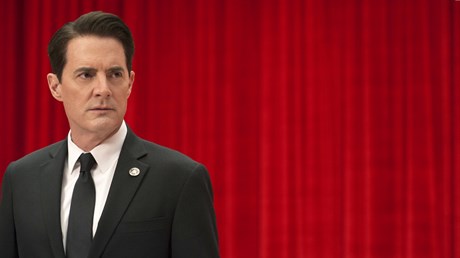David Lynch’s cult-classic revival is exactly as imaginative—and as uncomfortable—as it always needed to be.

“Should we watch Twin Peaks: The Return?”
Now that all 18 episodes of David Lynch’s long-awaited television series are available for binge-viewing on Showtime, I’m fumbling with insufficient answers to this question. As I formulate replies, I feel myself fracture into three distinct personalities:
(1) The Twin Peaks fanboy who spent a quarter of a century dreaming of new episodes.
(2) The film student who finds Lynch’s movies and television difficult to parse.
(3) The Christian whose conscience is troubled, because the show’s imaginative brilliance is tainted by graphic scenes of violence—particularly sexual violence.
There’s no easy answer.
David Lynch doesn’t mean for this to be a comfortable ride. Twin Peaks: The Return is, in fact, about a man split into three personas—possibly more. While the original 1990–91 series began by whispering “Who killed Laura Palmer?” and then asked “Can law enforcement stop an evil spirit?” this sequel series asks “Can multiple manifestations of an FBI agent be reconciled into one human being, healed and whole?”
This theme won’t surprise Lynch’s fans. In his book of reflections on creativity, Catching the Big Fish, Lynch expresses his desire to see human beings overcome divided minds and pursue lives of integrity. (He prefers the word “unity.”)
But I’m getting ahead of myself. For those who need it, here’s a quick review of what preceded The Return.
The Story So Far
It begins: In the first episode of the original Twin Peaks, a fisherman discovers a popular high school girl dead on the riverbank behind his Eastern Washington home. The resulting investigation leads ...
from
http://feeds.christianitytoday.com/~r/christianitytoday/ctmag/~3/RrITQzR4c9A/twin-peaks-return-gets-cosmic-conflict-disturbingly-right.html
No comments:
Post a Comment